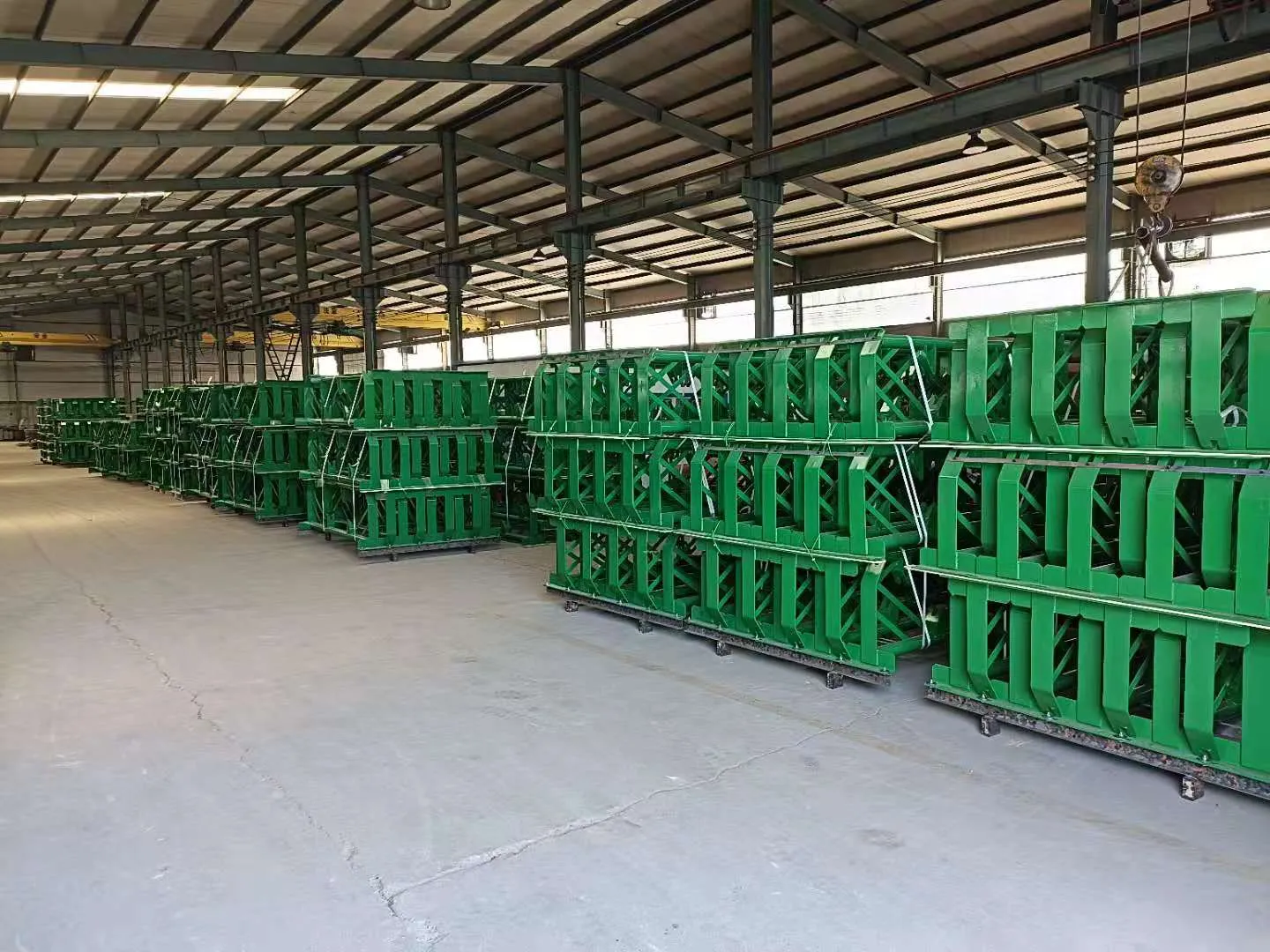 Afrikaans
Afrikaans  Albanian
Albanian  Amharic
Amharic  Arabic
Arabic  Armenian
Armenian  Azerbaijani
Azerbaijani  Basque
Basque  Belarusian
Belarusian  Bengali
Bengali  Bosnian
Bosnian  Bulgarian
Bulgarian  Catalan
Catalan  Cebuano
Cebuano  Corsican
Corsican  Croatian
Croatian  Czech
Czech  Danish
Danish  Dutch
Dutch  English
English  Esperanto
Esperanto  Estonian
Estonian  Finnish
Finnish  French
French  Frisian
Frisian  Galician
Galician  Georgian
Georgian  German
German  Greek
Greek  Gujarati
Gujarati  Haitian Creole
Haitian Creole  hausa
hausa  hawaiian
hawaiian  Hebrew
Hebrew  Hindi
Hindi  Miao
Miao  Hungarian
Hungarian  Icelandic
Icelandic  igbo
igbo  Indonesian
Indonesian  irish
irish  Italian
Italian  Japanese
Japanese  Javanese
Javanese  Kannada
Kannada  kazakh
kazakh  Khmer
Khmer  Rwandese
Rwandese  Korean
Korean  Kurdish
Kurdish  Kyrgyz
Kyrgyz  Lao
Lao  Latin
Latin  Latvian
Latvian  Lithuanian
Lithuanian  Luxembourgish
Luxembourgish  Macedonian
Macedonian  Malgashi
Malgashi  Malay
Malay  Malayalam
Malayalam  Maltese
Maltese  Maori
Maori  Marathi
Marathi  Mongolian
Mongolian  Myanmar
Myanmar  Nepali
Nepali  Norwegian
Norwegian  Norwegian
Norwegian  Occitan
Occitan  Pashto
Pashto  Persian
Persian  Polish
Polish  Portuguese
Portuguese  Punjabi
Punjabi  Romanian
Romanian  Russian
Russian  Samoan
Samoan  Scottish Gaelic
Scottish Gaelic  Serbian
Serbian  Sesotho
Sesotho  Shona
Shona  Sindhi
Sindhi  Sinhala
Sinhala  Slovak
Slovak  Slovenian
Slovenian  Somali
Somali  Spanish
Spanish  Sundanese
Sundanese  Swahili
Swahili  Swedish
Swedish  Tagalog
Tagalog  Tajik
Tajik  Tamil
Tamil  Tatar
Tatar  Telugu
Telugu  Thai
Thai  Turkish
Turkish  Turkmen
Turkmen  Ukrainian
Ukrainian  Urdu
Urdu  Uighur
Uighur  Uzbek
Uzbek  Vietnamese
Vietnamese  Welsh
Welsh  Bantu
Bantu  Yiddish
Yiddish  Yoruba
Yoruba  Zulu
Zulu Head Pulley and Tail Pulley Systems in Conveyor Belt Operation and Maintenance Techniques
The Importance of Head and Tail Pulleys in Conveyor Systems
In the modern industrial landscape, conveyor systems play a vital role in various sectors, from manufacturing and mining to logistics and packaging. Among the critical components that contribute to the efficiency and functionality of these systems are the head and tail pulleys. Understanding their roles is pivotal for optimizing performance and ensuring the longevity of conveyor operations.
Understanding Head and Tail Pulleys
Head pulleys, located at the beginning of a conveyor system, are essential for driving the material movement. They are typically powered by an electric motor equipped with a gearbox, allowing for the adjustment of speed and torque tailored to the material being transported. The head pulley rotates as the motor spins, providing the driving force that propels the conveyor belt forward. This movement not only carries the material but also helps in maintaining belt tension, which is crucial for efficient operation.
Conversely, tail pulleys are situated at the opposite end of the conveyor system. Their primary function is to support the return side of the conveyor belt after it has delivered the material to the desired location. The tail pulley helps guide the belt back to the head without any misalignment and ensures that the entire system runs smoothly. The tail pulley is generally a non-driven component, relying on the gravitational pull and the tension maintained by the head pulley.
The Interaction Between Head and Tail Pulleys
The interaction between head and tail pulleys is critical for the seamless operation of a conveyor system. A well-functioning head pulley ensures that the belt moves smoothly, while an effective tail pulley provides stability. Together, they facilitate a continuous loop that allows for constant material transport.
head pulley tail pulley

Optimal belt tension must be maintained between the two pulleys to avoid slippage or degradation of the belt. If the tension is too loose, the belt can slip off the pulleys, leading to disruptions in operation. Conversely, excessive tension can result in accelerated wear of the belt and the pulleys themselves. Thus, proper adjustment and maintenance are essential to extend the life of these components and ensure efficient conveyor operation.
Maintenance Practices for Longevity
Regular maintenance of head and tail pulleys is crucial for preventing operational failures. This includes routine inspections to check for wear and damage, realigning misaligned pulleys, and keeping the pulleys clean from debris that might hinder their performance. Lubrication of roller bearings and inspection of the belt for signs of fatigue or damage are also important practices.
Additionally, modern technologies such as condition monitoring systems can be integrated into conveyor setups. These systems can track the health of the head and tail pulleys, providing real-time data on performance and potential wear issues before they result in significant failures.
Conclusion
In conclusion, head and tail pulleys are indispensable components of conveyor systems, playing distinct yet interconnected roles that facilitate the efficient movement of materials across various industries. Understanding their functions and committing to routine maintenance can significantly enhance operational efficiency and prolong the lifespan of the conveyor. As industries continue to evolve, the importance of these seemingly simple components in optimizing productivity cannot be overstated. By prioritizing the health of head and tail pulleys, businesses can ensure a streamlined, effective, and reliable material handling process that meets the demands of the modern marketplace.
-
Revolutionizing Conveyor Reliability with Advanced Rubber Lagging PulleysNewsJul.22,2025
-
Powering Precision and Durability with Expert Manufacturers of Conveyor ComponentsNewsJul.22,2025
-
Optimizing Conveyor Systems with Advanced Conveyor AccessoriesNewsJul.22,2025
-
Maximize Conveyor Efficiency with Quality Conveyor Idler PulleysNewsJul.22,2025
-
Future-Proof Your Conveyor System with High-Performance Polyurethane RollerNewsJul.22,2025
-
Driving Efficiency Forward with Quality Idlers and RollersNewsJul.22,2025





























